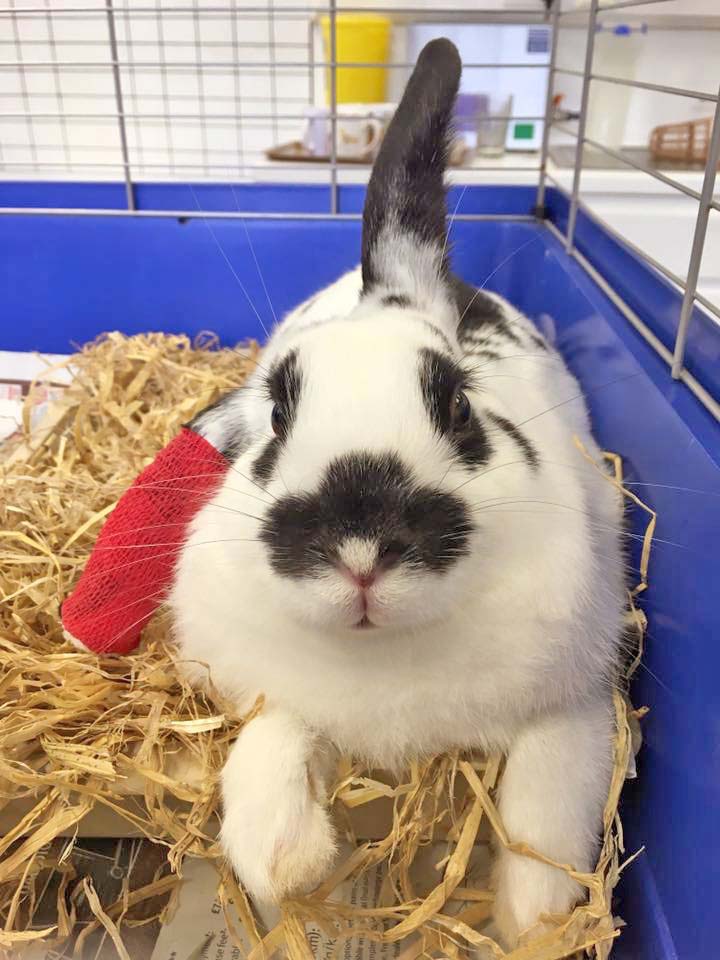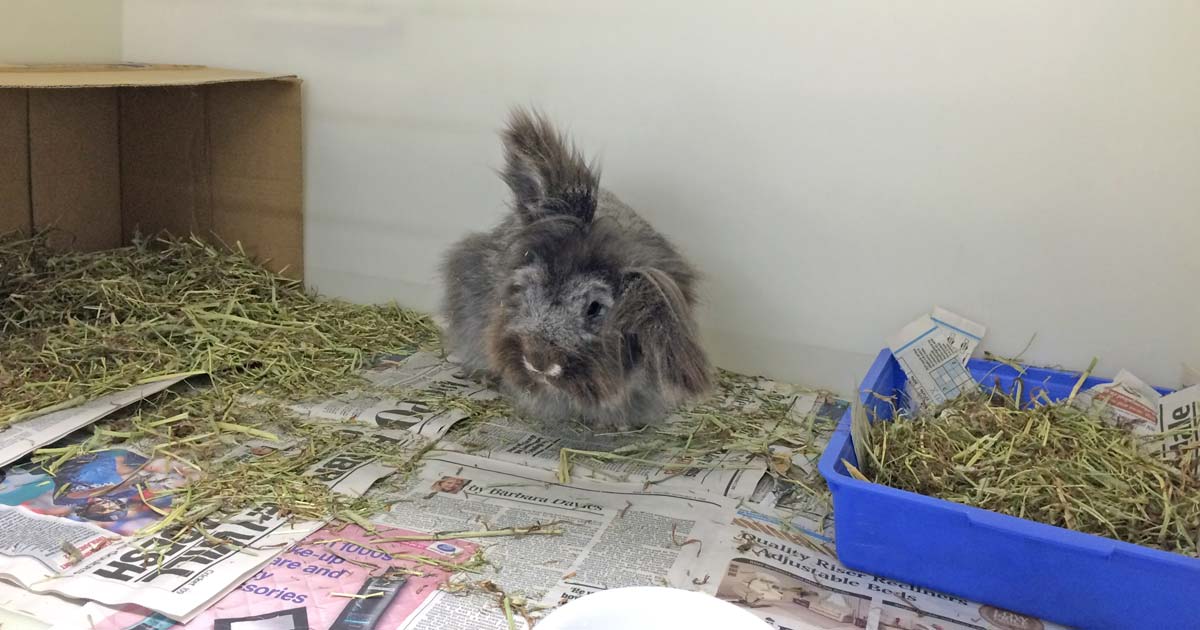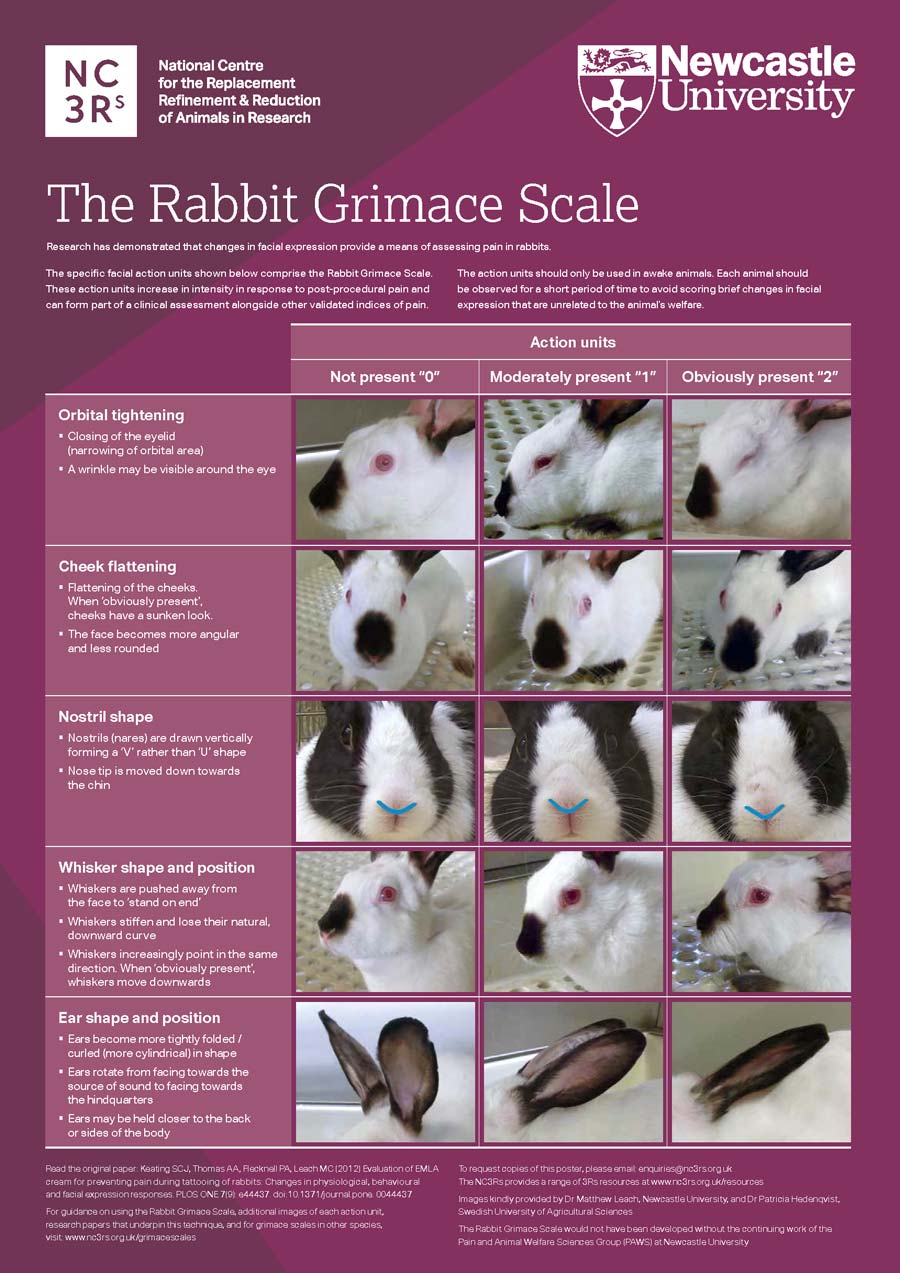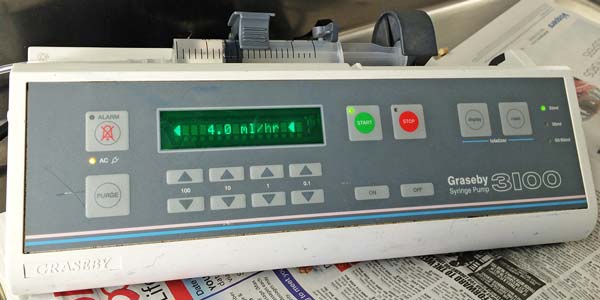7 Nov 2016
Care of hospitalised pet rabbits
Nadia Wiseman and Livia Benato look at caring for this prey species while at the clinic and provide a stress-free environment to help give them a better chance to progress and fully recover.

Figure 2. The kennel should be adequately furnished to provide a comfortable, stress-free environment for the rabbit patient.
Pet rabbits are commonly seen at the veterinary clinic and are hospitalised for several reasons, such as elective surgeries and further investigations.
When looking after a rabbit as a patient, it is important to remember they are a prey species, therefore, the environment we provide must make them feel safe and secure, otherwise stress could potentially lead to worsening of the condition. A variety of possible interventions can be made to help rabbits feel more comfortable during their stay at the surgery, which will not only make the rabbit feel better, but will also help prevent those stress and pain-related problems.
Admission
When rabbits are initially admitted, it is important to gather as much information as possible from owners on their husbandry and diet routines – a few questions can help with each pet’s care while hospitalised (Table 1).
| Table 1. Questions for owners during admission to help with the care of their rabbit while hospitalised |
|---|
| What is the rabbit’s normal diet and the quantity given? |
| Is the rabbit eating? |
| Does the rabbit drink from a water bowl or a bottle? |
| What type of bedding do you provide? |
| Does the rabbit use the litter tray and, if so, what type of litter material do you use? |
| Is the rabbit on any medication or supplement and, if so, at what dose? |
| Have you observed any unusual behaviour recently? |
| Is the rabbit housed with another rabbit? |
We can also advise owners to bring their pet’s favourite food to the clinic to help create a more familiar environment.
As with any other companion animal, once admitted, hospitalised rabbits should have an IV catheter in place (Figure 1). This is generally placed in the marginal ear vein, which is one of the easiest veins to identify and gain access to in a rabbit. It is a good idea to use a local anaesthetic (prilocaine and lidocaine) cream once the area has been clipped.
After a few minutes the catheter can be inserted. This can dramatically reduce the stress and pain caused to an already frightened rabbit. A 26-gauge catheter is a good size in small breeds, such as Netherland dwarf rabbits. To avoid blockage, it needs to be flushed regularly to keep it patent. Routine drugs should not be given via this site as they can cause irritation to the skin.

Ward
In an ideal situation, rabbits would be kept in a separate exotic ward – away from other companion animals, such as cats, dogs and ferrets – that they see as predators. If this facility is not available, an indoor cage could be purchased so it can be placed somewhere quieter in the practice. Noise should be kept to a minimum and the environmental temperature should also be monitored and kept between 15°C to 21°C (Habeeb et al, 1998) where possible.
If using heaters and fans, consideration should be taken to where they are placed in the room in relation to the kennel, to avoid exposure to extremely hot or cold air.
Kennel
The kennel should have enough room for the rabbit to hop around and stretch out – this will allow it to express normal behaviour and prevent potential problems associated with an already novel environment. Ideally, the kennel should be furnished with a lining of newspaper, plenty of fresh hay to eat and sit on and a litter tray with natural litter material, such as straw, hay or compressed paper. It is also essential to place cardboard boxes, cat baskets or tunnels as hiding places for the rabbit – providing it with an area of safety within the kennel. Fresh water should also be available at all times in water bowls (Figure 2).

Environmental enrichment and companionship
Access should be available for rabbits to forage for food at all times. This can be easily achieved with hay racks and cardboard rolls filled with hay. Treat balls filled with the animal’s favourite pelleted food can also be given as enrichment. All these activities help to encourage natural behaviour while at the clinic.
If the rabbit is normally housed with another rabbit – providing there is no risk of infectious disease – it is a good idea for the other rabbit to be hospitalised too. Rabbits are social animals and studies have shown being kept in social isolation can cause stress (Trocino et al, 2013). This will also prevent territorial fighting once the rabbit has been discharged and taken back home.
Handling
Rabbits – especially those that are more nervous and not used to being handled – can associate handling with being picked up by a predator. A proper technique is, therefore, essential, as the rabbit will try to escape and run away with the possibility of injuring itself. This is especially important in giant breeds that generally present with increased underlying muscle/skeletal weakness compared to smaller breeds.
A secure technique is to place one hand over the shoulder blades, while the other hand scoops under the rabbit’s body. The rabbit should then be brought close to the handler’s body for support and to prevent kicking. When the animal is placed back into the kennel it should be placed backwards to prevent injuries. If feeling threatened, rabbits can growl, lunge, and bite just like any other species that feels under threat in a vulnerable position. Covering the eyes when handling will reduce stress.
Physical examination
During hospitalisation, the rabbit patient should be checked regularly. Normal behaviour should be recorded and respiratory rate should be taken while the animal is still inside the kennel. This will prevent a higher recorded respiratory rate due to stress associated with handling. The physical examination should take place on the consult table at a quiet time; a towel can be placed on to the table to prevent slipping, which can also be used to gently restrain the rabbit if necessary.
The rabbit should have a full head-to-tail examination, noting any significant findings on the hospitalisation sheet. Gut sounds should be listened to with the stethoscope and recorded. This is a very important aspect of the physical examination of a rabbit and it should not be overlooked. The perineal area should be checked for any soft faeces or diarrhoea. If the rabbit is not eating its own caecotrophs it could indicate an underlying problem, such as pain, dental disease or obesity.
Before placing the rabbit back in the kennel it is important to check if it has passed any urine and any faecal pellets – recording both number and size of the pellets. This will give an indication of the rabbit’s general health. It is also good to weigh the pelleted food to check if the animal has eaten any. As with all of our hospitalised patients, rabbits should be weighed daily as this can be a good indicator of whether they have either eaten for themselves or are getting sufficient nutrition from assisted feeding.
Pain scoring
Rabbits are prey species and tend to hide clinical signs. Moreover, it is often difficult to distinguish between stress and pain as both often result in anorexia, teeth grinding, reluctance to move, aggression, and an abnormal hunched stance. Therefore, traditional pain scoring systems can be inadequate for an accurate assessment of pain in this species.
However, a study has shown changes in facial expression are a reliable method to assess pain in rabbits. The rabbit grimace scale has been developed, looking at the facial expressions of rabbits, and includes changes in the eyes, nose, whiskers and ears (Keating et al, 2012; Figure 3). These signs are all very subtle, but they will become more familiar as this scale is used routinely in practice. The grimace scale is based on a score system from zero (pain not present) to two (obviously present) – allowing an appropriate analgesic plan to be formulated, depending on the presentation and the score.

Fluid therapy
Monitoring dehydration in rabbits is just the same as in other companion animals with reduced skin elasticity, sunken eyes and dry mucous membranes.
Several methods can be used to help rehydrate our rabbit patients. The quickest and most efficient one is by giving fluids IV. An IV catheter can be inserted into the marginal ear vein or lateral saphenous vein and the fluid administered either via boluses or giving set.
Syringe drivers can be used to administer an accurate amount of fluid over a set period of time (Figure 4). Rabbits can be administered fluid at the dose of 100ml/kg/24h as a maintenance rate. The catheter should be checked regularly to ensure no evidence of phlebitis or thrombophlebitis exists.
If a giving set is used, there are ways to prevent the rabbit getting tangled in it, for example, by using a coiled set to give extra length and flexibility. The giving set could also be wrapped in vet wrap to discourage chewing.
In some cases a buster collar can be adapted to fit the rabbit; however, this will prevent the rabbit from accessing the caecotrophs and should be limited to no more than 24 hours.
If given SC, fluids should be injected under the skin around the dorsal neck area, and the injection site varied to prevent swelling under the skin. Understandably, this can be a stressful procedure, and care should be taken when handling. Oral rehydration preparations can also be used, although they are not as effective for immediate hydration. Care should be taken not to cause aspiration pneumonia if the rabbit is not swallowing properly.

Assisted feeding
Rabbits are hindgut herbivores with a unique digestive system. A balanced diet high in fibres should be offered during hospitalisation to promote and stimulate gut motility and to maintain a healthy gut flora. Poor diet and reduced appetite can lead to intestinal hypomotility and hepatic lipidosis – two serious conditions in the rabbit patient. If the rabbit presents with anorexia, syringe feeding is advocated using a commercially prepared liquid feed. This can be achieved by gently inserting a syringe into the side of the rabbit’s mouth, at the diastema.
A towel can be placed around its neck area to prevent excess food spilling on to the coat, which can be difficult to clean – causing further distress to the rabbit. Care must be taken to ensure the rabbit is swallowing the liquid feed to avoid causing aspiration ammonia. Assisted feeding can be given at a rate of 10ml/kg of bodyweight every few hours. Palatable and familiar food should also be offered to stimulate the rabbit’s appetite, alongside fresh hay. The food should be replaced regularly.
Contagious patients
Any contagious rabbits should be kept in isolation away from other rabbits. Normal barrier nursing protocols should be carried out, with the correct protective clothing worn, such as an apron, mask and gloves. A full change of clothes before contact with other rabbits is also necessary to prevent the spread of disease outside the work place.
An adequate level of disinfection should be used when cleaning kennels, bowls, litter trays and so on. Foot baths or disposable foot covers should also be used. Common contagious diseases are myxomatosis, rabbit haemorrhagic disease (especially the new RHDV2 strain, which has a longer symptomatic phase) and Encephalitozoon cuniculi. The latter is also a potential zoonotic disease, so further care should be taken.
Conclusion
Overall, when hospitalising rabbits as patients, many factors should be taken into consideration to improve their experience while at the clinic. This will give them a better chance to make good progress and recover fully during their stay.
References
- Flecknell P (2000). BSAVA Manual of Rabbit Medicine and Surgery, Wiley.
- Habeeb AAM, El-Maghawry AM, Marai IFM and Gad AE (1998). Physiological thermoregulation mechanism in rabbits drinking saline water under hot summer conditions, Proceedings of the 1st International Conference on Indigenous versus Acclimatized Rabbits, El-Arish, North Sinai, Egypt: 443-456.
- Keating SCJ, Thomas AA, Flecknell PA and Leach MC (2012). Evaluation of EMLA cream for preventing pain during tattooing of rabbits: changes in physiological, behavioural and facial expression responses, PloS One 7(9): e44437.
- National Centre for the Replacement, Refinement and Reduction of Animals in Research, grimace scales (www.nc3rs.org.uk/grimacescales).
- Rabbit Welfare Association and Fund (www.rabbitwelfare.co.uk).
- Trocino A, Majolini D, Tazzoli M, Filiou E and Xiccato G (2013). Housing of growing rabbits in individual, bicellular and collective cages: fear level and behavioural patterns, Animal 7(4): 633-639.
- Varga M, Lumbis R and Gott L (2012). BSAVA Manual of Exotic Pet and Wildlife Nursing, Wiley.
